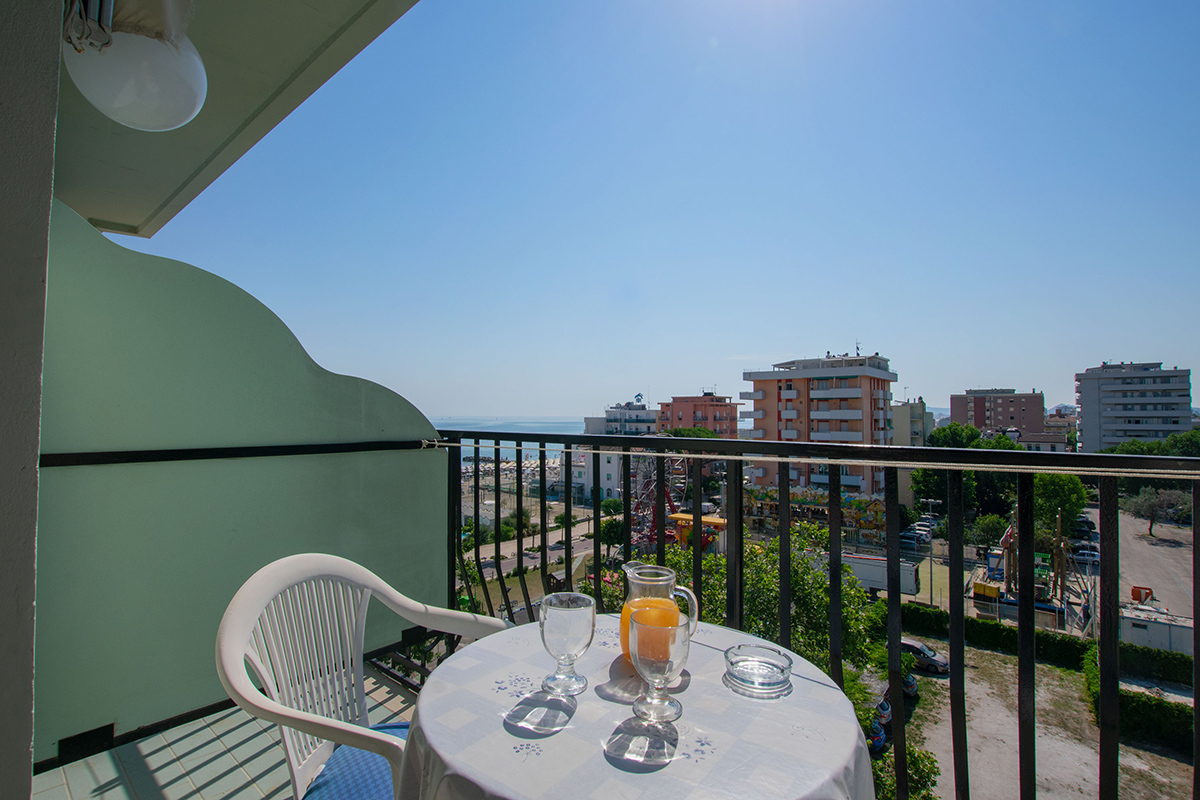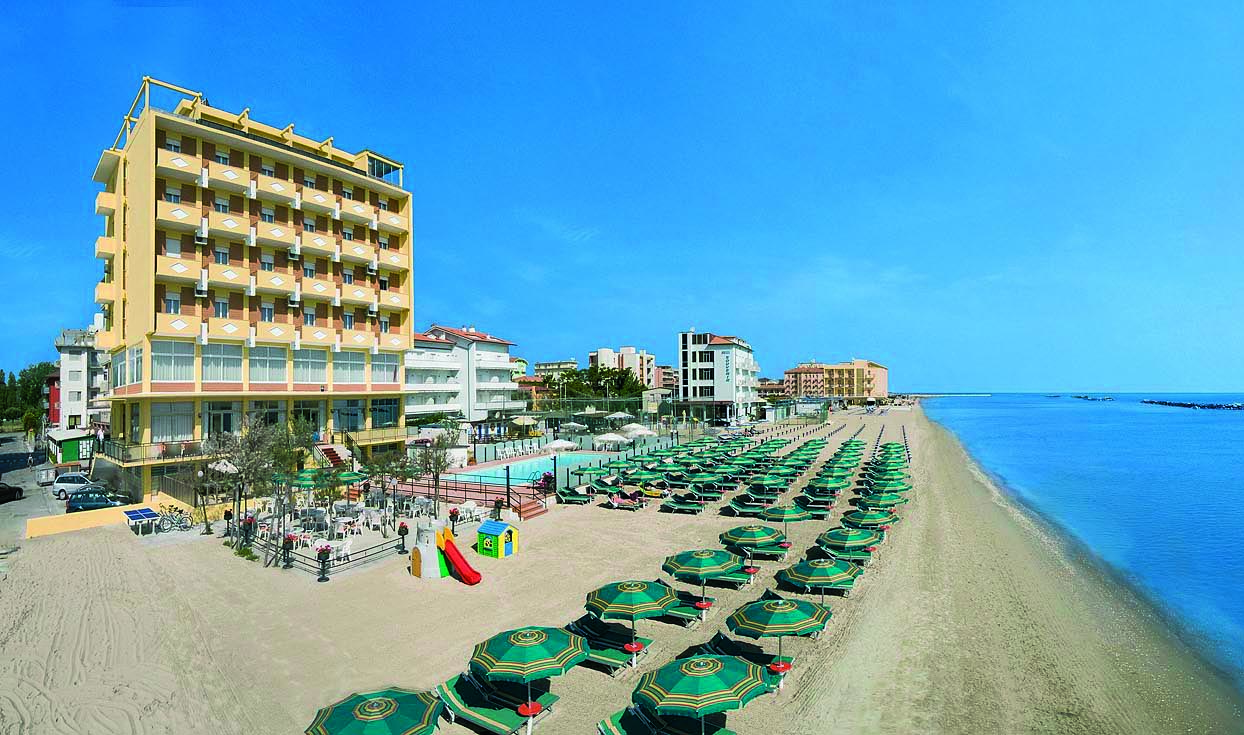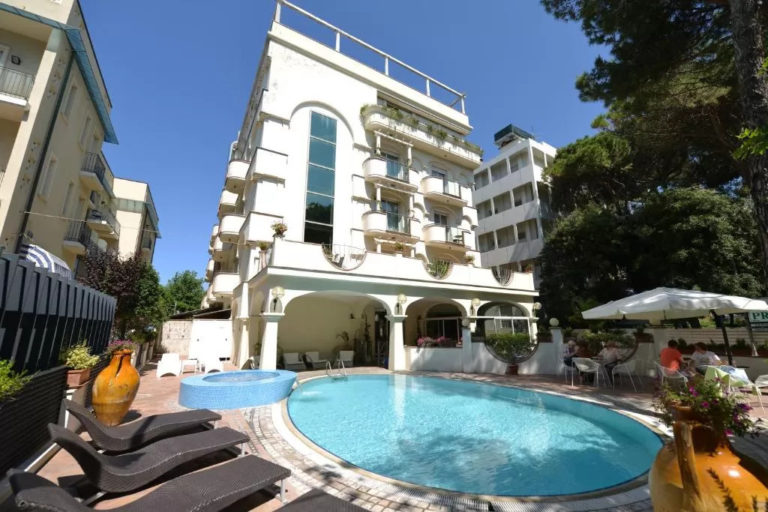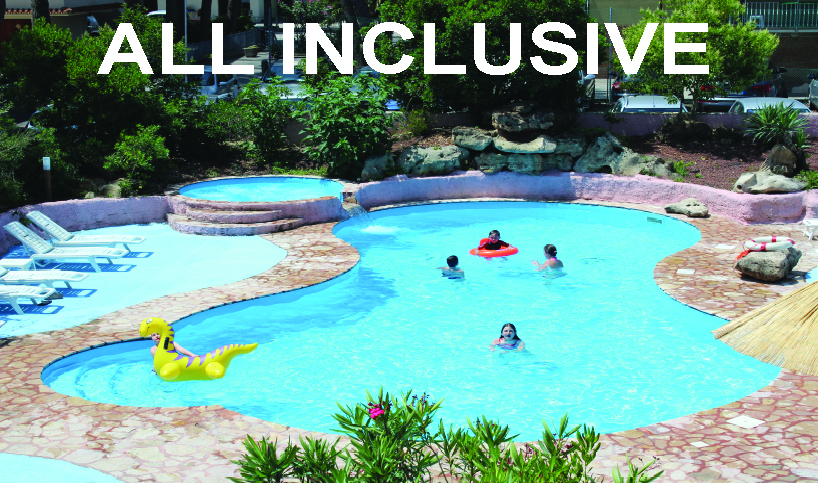
Favorite Hotels:
EMILIA ROMAGNA
MARCHE
VENETO
FRIULI VENEZIA GIULIA
LIGURIA
ABRUZZO
TRENTINO ALTO ADIGE
TOSCANA
LAGO DI GARDA
TERME & WELLNESS
SARDEGNA
LOMBARDIA

FIND HOTEL
News
CERVIA

The Salt Pans
The historical importance of Cervia is linked to its "gold white" and is documented by various testimonies. The saltern was established to Populating Animal Nature Reserve with a Ministerial Decree of 1979.
The Saline Cervia is a green oasis of 827 hectares, which has been preserved by maintaining flora and fauna typical of wetlands, that you can not see in any other natural environment. Among the "aquatic life" who routinely attends this environment are also many species of birds, waders and ducks both dive and surface, beautiful specimens that here you can easily observe in the appropriate season, along the banks or in the air on one side another of the salt. The plants of saline are known both for their remarkable beauty that for their culinary and medicinal properties utlizzate even today in herbal medicine, but also because they are "milking plant" lovely butterflies. Recall Salicornia, the vitriol of the sea, the porcelain of the sea, the sea lavender, the sea star, the autumn colchicum, Cornflower, asinine thistle, St. John's wort, the rennet, the mint, the melito, the milk of hen, the sagebrush, the blackthorn, the tamarisk.
RIMINI

The Lighthouse and The Port
On the wide Boscovich promises the eighteenth-century lighthouse, a symbol of the Navy, which oversees the port-channel, a time stretch of the mouth of the river Marecchia. It was erected on the foundations of the old lighthouse built in 1754 and destroyed during the second world war, diverted to the north in 1972. And 'more than 27 meters high and has a light range of 15 miles.
The "shovel" of the port is a favorite destination of local people for a walk; it is from here that the sail fishermen with fishing boats of the "poveracce" (clams).
On the opposite side of the port channel develops San Giuliano Mare and Marina di Rimini, the new dock opened in 2002.
The extension of the piers, which began in the eighteenth century, has contributed to the expansion of the beach. The seafront towards Riccione constitutes the main axis of the seaside settlements, which have filled any remaining space between Rimini and Riccione.
Left to the port are located closely linked to fishing activities: from shipyards to machine shops, the wholesale fish market to the shops for boating.
MOLVENO

Best Lake Italy
A beautiful stretch of water in the western Trentino, at the foot of the Brenta Dolomites and the Paganella massif, at the eastern end of the Adamello-Brenta Nature Park: This is the lake of Molveno.
Always its waters you make it popular the resort town where you find few years also the coordination of all the inhabitants, operators and local administrators in the enhancement of the environmental, cultural, historical has enabled it to obtain major awards and ambitious, such as the orange flag for the quality of hospitality and tourism services by the Italian Touring Club.
In 2010 also the enchantment of nature, has had the recognition of the 5 sails of Legambiente and Touring Club.
Today, residents, administrators and operators of this town have had the pleasure of receiving the confirmation of the recognition of the best lake in Italy absolute addition to precious recognition of the 5 sails of Legambiente and Touring Club for the sixth consecutive year.
PINZOLO

The 5 lakes
Is called "Tour of the 5 lakes" as it winds its way along a path that touches as many as 5 beautiful lakes, all above 2000 meters: The first lake is the Twisted, Lambin lake is the second, third and fourth respectively lake Serodoli and lake Ice and the last is the lake Nambino.
We are in the Adamello - Presanella, more precisely in the eastern sector of the Presanella Group.
The proposed route of just above Madonna di Campiglio, home to lots of beautiful alpine lakes in some places, especially around Lake Gelato, very reminiscent of certain landscapes of Norway. The climb to Monte Serodoli is tiring and without any path or track, but in fine weather and good visibility definitely worth it for the great panorama, very interesting the stony "lunar" of the east side, where you can easily meet chamois. We propose a fairly long loop trail, approximately 14 km in length and with a total height difference, considering the climb to Mount Serodoli (the hardest part), about 1100 meters. It returns along the southern slope Pancugolo.
TIRANO - COIRA
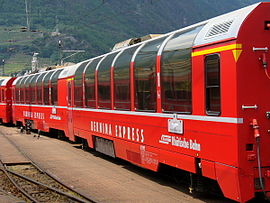
Bernina Express
The Bernina Express is a train of the Swiss RhB railway company covering the route between Tirano, Sankt Moritz and Chur. This train, which is important from the tourism point of view, along a route of great landscape interest, made more impressive by the special panoramic carriages which is fitted; The route includes the Albula and Bernina railways that were included in 2008 list compiled by UNESCO World Heritage Site.
The Bernina Express runs in just over four hours, the railway line totaling 145 km with a total climb of 1,824 m and gradients of up to 70 per thousand. Entire route is carried out at natural adhesion without the use of any rack system. The maximum altitude reached is 2253 m s.l.m. at the Bernina Pass, the minimum is 429 m s.l.m. Tirano.
The construction of the Tirano-Chur line was completed in 1910. The train runs 2.5 kilometers in Italian territory until the Campocologno station, while the rest of the route is on Swiss territory. For this reason, before the entry into force in Switzerland to the Schengen Agreements, who started from Tirano he had to carry out customs formalities for boarding.
SAN LEO
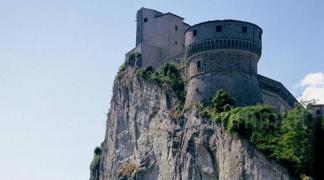
San Leo and orange flags
San Leo still retains its inaccessible character, high on a huge limestone boulder in perpetual balance of nature, with the two human footprints, the village and fortress, occupying the space of the cliff. The fortress stands on the precipice and looks like a ship stranded on the rock; He was kept in the dark his secret locked up until his death the Count of Cagliostro (according to legend, creator of the famous liqueur). The village grew around a square with the civic tower, the noble palaces, the church of San Leo, with a splendid marble tabernacle in the sanctuary, and the Duomo (XII - XIII), close to the cliff and devoid of a true facade. Interesting art gallery, with works by Guercino and Caravaggio.
The "Orange Flag" is the eco-environmental quality label awarded by the Italian Touring Club to small inland towns that meet more than 250 strict valuation criteria and quality standards set by the Model Touring Territorial Analysis. San Leo boasts the "Orange Flag" from 2004, distinguished by high quality tourist offer, a land management respectful of local specialties, the scrupulous attention to the environment and innovative experiences of territorial development.
MADONNA DI CAMPIGLIO

History
The first written documents mentioning Madonna di Campiglio make up the foundation year 1190. When such Raimondo, in atonement for his sins, he decided to found a monastery-turned hospice care of the traveler. The monastery-hospice grew quickly, and at the head there was a priest prior.
The monastery was well known in the region and, thanks to the heritage of the faithful, reached considerable wealth. "No ghe mond, the Madona de Campei no gabia fond" he recited an old adage. After its suppression, in 1515, for Campiglio he began a long period of decline until 1868, when Giambattista Righi Strembo bought for 40,000 florins the entire former monastery substance.
And he built the first hotel and taken at their own expense the construction of the road connecting the centers of the Alta Val Rendena Madonna di Campiglio. The entrepreneurial adventure by Giambattista Righi was carried out by Franz Joseph Oesterreicher, who took over the di Campiglio property in 1882 and turned it into a refined holiday area for nobles and the rich Austrian and Central European bourgeoisie.
The family remained in Oesterreicher Campiglio until 1955, when its properties were gradually purchased. In 1948 he opened the first ski resort.
CESENATICO

The Boathouse
In the inner basin of the marina, it is home to the marina, while in the outer basin (the "dog", for the old sailors) there are the tourist ferries, a part of the fishing fleet, construction sites and maintenance services, and a modern airport tow.
The tourist port of Cesenatico, excellent compromise between tradition and innovation, is to be considered among the most beautiful marinas and characteristic of the Mediterranean.
To access the marina go up the canal harbor "Leonardo da Vinci" for about 500 mt. from the entrance and then veers to the right; particularly sheltered, the nautical base of Cesenatico is notoriously among the safest in the Adriatic.
The structure offers the possibility to easily moor boats up to 30 mt., Providing them all sorts of comforts, including a constant assistance by trained personnel, both during the day and at night throughout the year.
Fill in the fields to access the Private Area
Username
Password
Cancel
Edit Offer
Add Offer
Offer(IT):
Title: | |
Description: | |
Duration Offer: | |
Further Information: |
Offer(EN):
Title: | |
Description: | |
Duration Offer: | |
Further Information: |
Offer(DE):
Title: | |
Description: | |
Duration Offer: | |
Further Information: |
Offer(FR):
Title: | |
Description: | |
Duration Offer: | |
Further Information: |

Favorite Hotels:
Enter the hotel name to look for:






















